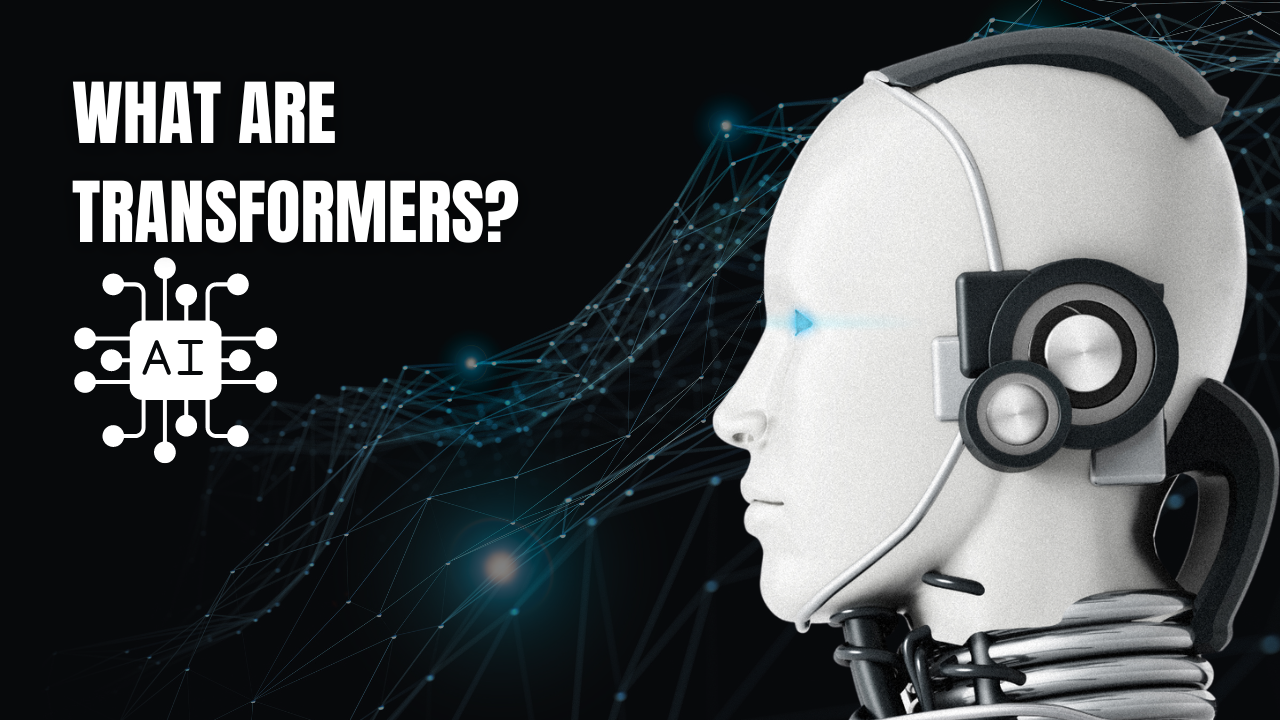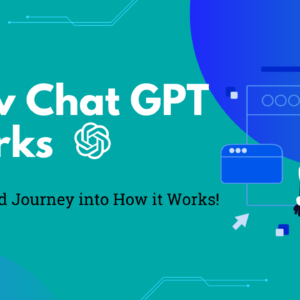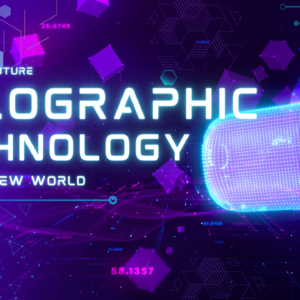Table of Contents
- Evolution of Transformer Architectures
- Understanding Hugging Face’s Transformer Library
- Core Concepts of Hugging Face’s Transformer Library
- Exploring Transformer Models
- Fine-tuning Pre-trained Models
- Integrating Transformer Models in Real-World Applications
- Case Studies: Successful Implementations
- Evaluating the Performance of Transformer Models
- Comparison with Other NLP Libraries
- Future Directions and Advancements
- Summary and Conclusion
Introduction to Transformers
What are Transformers?

Transformers are a type of model architecture in Natural Language Processing (NLP), designed to understand and generate human language. Unlike traditional NLP models, which rely heavily on pre-defined rules and handcrafted features, Transformers utilize a self-attention mechanism that allows them to capture and learn contextual information directly from the input data.
Importance of Transformers in Natural Language Processing (NLP)
Transformers have revolutionized the field of NLP by overcoming the limitations of previous models. Their ability to capture long-range dependencies and handle sequential data has proven to be highly effective in various NLP tasks, such as machine translation, sentiment analysis, and text classification. With their unparalleled performance, Transformers have become an essential tool for researchers and practitioners in the NLP community.
Evolution of Transformer Architectures
Background on traditional NLP models
Before the advent of Transformers, traditional NLP models relied on approaches like recurrent neural networks (RNNs) and convolutional neural networks (CNNs). These models faced challenges in capturing long-range dependencies and often struggled with contextual understanding.
Introduction of Transformer models
The introduction of Transformer models addressed these issues by introducing a self-attention mechanism that allows the model to weigh the importance of different words in a sentence, considering their relative positions. This attention mechanism enables the model to focus on more informative words and better understand the context.
Key advancements and variations in Transformers
Since their inception, Transformers have undergone significant advancements and have seen various variations. Researchers have introduced modifications to the original Transformer architecture, such as adding positional encodings, employing different attention mechanisms, and incorporating additional layers. These advancements have further improved the performance and capabilities of Transformer models.
Understanding Hugging Face’s Transformer Library
Overview of Hugging Face
Hugging Face is a leading platform and community for NLP practitioners, providing a range of tools and resources to facilitate the development and deployment of NLP models. Their contributions have been instrumental in democratizing access to state-of-the-art NLP techniques.
Introduction to the Transformer Library
Hugging Face’s Transformer Library is a comprehensive open-source library that allows users to utilize and experiment with a wide range of Transformer models. It provides an extensive collection of pre-trained models, tokenization utilities, and high-level abstractions for fine-tuning and deploying Transformer models.
Benefits and advantages of using Hugging Face’s library
Hugging Face’s Transformer Library offers numerous benefits to NLP practitioners. Firstly, it provides easy access to state-of-the-art Transformer models, eliminating the need for extensive model development from scratch. Additionally, the library offers comprehensive documentation, a vibrant community for support, and a user-friendly interface, making it accessible even to those new to NLP.
Core Concepts of Hugging Face’s Transformer Library
Tokenization
Tokenization is a crucial step in NLP, where text is divided into smaller units, or tokens, for processing. Hugging Face’s Transformer Library provides various tokenization techniques, including subword tokenization, to efficiently handle different languages and improve model performance.
Model architecture
Hugging Face’s Transformer Library encompasses various Transformer architectures, allowing users to select models based on their specific needs. These models range from smaller and faster models for quick experimentation to larger and more powerful models for complex tasks requiring extensive computational resources.
Pre-trained models
Pre-trained models form the backbone of Hugging Face’s Transformer Library. These models are trained on massive amounts of data and capture valuable knowledge about language, enabling users to benefit from transfer learning and have a head start on specific NLP tasks.
Transformers pipeline
Hugging Face’s Transformer Library provides a high-level API, known as the Transformers pipeline, that simplifies the process of using pre-trained models for various NLP tasks. The pipeline abstracts away many technical details, making it easier to integrate Transformer models into real-world applications.
Exploring Transformer Models
BERT: Bidirectional Encoder Representations from Transformers
Architecture and working principle
BERT, a popular Transformer model, adopts a bidirectional approach by leveraging both left and right context during training. It employs a multi-layer Transformer architecture and a masked language modeling objective to learn contextualized word representations, capturing fine-grained relationships between words.
Applications and use cases
BERT has demonstrated great success in various NLP tasks, including text classification, question answering, and named entity recognition. Its ability to understand the nuances of language and contextual cues has made it a preferred choice for many researchers and practitioners.
GPT-2: Generative Pre-trained Transformer 2
Architecture and working principle
GPT-2, another influential Transformer model, focuses on generative tasks and leverages an autoregressive approach during training. It utilizes a stacked layer Transformer architecture to generate coherent and contextually relevant text, with impressive fluency and coherence.
Applications and use cases
GPT-2 has found applications in tasks such as text generation, summarization, and dialogue systems. Its remarkable ability to generate coherent and contextually appropriate responses has made it a powerful tool for natural language generation.
RoBERTa: A Robustly Optimized BERT Approach
Architecture and working principle
RoBERTa builds upon the BERT model, employing additional training techniques, such as dynamic masking, to further enhance its performance. It is trained on a vast amount of publicly available text data, leading to improved generalization and robustness in various NLP tasks.
Applications and use cases
RoBERTa has shown significant improvements over BERT in tasks such as text classification, sentence-pair classification, and textual entailment. Its enhanced performance makes it particularly suitable for demanding NLP applications.
Fine-tuning Pre-trained Models
Overview of fine-tuning
Fine-tuning involves taking pre-trained models and adapting them to specific downstream tasks. Hugging Face’s Transformer Library provides easy-to-use utilities and guidelines for fine-tuning pre-trained models, allowing users to tailor these models to their specific needs.
Benefits and challenges of fine-tuning
Fine-tuning pre-trained models offers several benefits, including reduced training time and improved performance, as pre-trained models have already learned valuable language representations. However, challenges may arise in choosing the right hyperparameters, preventing catastrophic forgetting, and handling limited training data for fine-tuning.
Tips and best practices for fine-tuning Transformer models
To achieve optimal results when fine-tuning Transformer models, it is advisable to carefully select appropriate learning rates, apply regularization techniques, and leverage techniques like early stopping. It is also crucial to understand the nuances of the task at hand and adapt the model architecture accordingly.
Integrating Transformer Models in Real-World Applications
Text classification
Transformer models have proven to be highly effective for text classification tasks, such as sentiment analysis or topic categorization. By fine-tuning pre-trained models with domain-specific data, businesses can achieve accurate and efficient classification of textual data.
Named Entity Recognition (NER)
Named Entity Recognition aims to identify and classify named entities within text. Transformer models, leveraging their contextual understanding, have showcased remarkable performance in NER tasks, facilitating applications like information extraction and text summarization.
Machine Translation
Transformers have made significant contributions to machine translation, enabling accurate and contextually sound translations. By leveraging pre-trained Transformer models, businesses can develop robust and efficient machine translation systems to bridge language barriers.
Sentiment Analysis
Sentiment analysis involves determining the sentiment expressed in a piece of text, such as positive, negative, or neutral. Transformer models, with their ability to capture contextual information, provide a solid foundation for accurate sentiment analysis, facilitating tasks like brand monitoring and customer feedback analysis.
Case Studies: Successful Implementations
Case Study 1: Transformer application in the finance industry
By integrating Transformer models into their NLP pipelines, a finance company achieved significant improvements in automated text summarization and sentiment analysis of financial documents. The accuracy, speed, and scalability of Transformer models enhanced their decision-making processes and improved customer experience.
Case Study 2: Transformer application in healthcare
In the healthcare domain, a research institute successfully employed Transformer models for medical document classification and named entity recognition, resulting in efficient and accurate analysis of vast amounts of medical records. This enabled faster retrieval of relevant information and enhanced patient care.
Case Study 3: Transformer application in customer service
A global customer service provider integrated Transformer models to automate sentiment analysis of customer interactions. This allowed them to quickly identify and address customer dissatisfaction, leading to improved customer satisfaction and reduced response times.
Evaluating the Performance of Transformer Models
Metrics and evaluation techniques
To evaluate the performance of Transformer models, various metrics, such as accuracy, precision, recall, and F1 score, can be used, depending on the specific task. Additionally, evaluation techniques like cross-validation and holdout validation can provide insights into the model’s generalization and performance on unseen data.
Limitations and challenges
While Transformer models have shown remarkable performance, they are not without limitations. Challenges include handling out-of-vocabulary words, model scalability, and mitigating biases present in the training data. Addressing these limitations is an ongoing area of research and improvement.
Comparison with Other NLP Libraries
Key differences between Hugging Face’s Transformer Library and other popular libraries
Hugging Face’s Transformer Library stands out due to its extensive collection of pre-trained models, the ease of fine-tuning, and its vibrant community support. In comparison with other libraries, it provides a versatile platform for developers to leverage advanced Transformer models in their NLP workflows.
Pros and cons of different libraries
While each NLP library has its strengths and weaknesses, Hugging Face’s Transformer Library excels in terms of its vast model selection, comprehensive documentation, and integration capabilities. Other libraries may have unique features or focus on specific applications, making the choice dependent on individual requirements and preferences.
Future Directions and Advancements
Recent developments in Transformer research
The field of Transformer research is dynamic and continuously evolving. Recent advancements include models like GPT-3, leveraging even larger Transformer architectures, and models incorporating vision and language tasks. This ongoing research promises to push the boundaries of what is possible with Transformer models.
Potential future applications and improvements
Future applications of Transformers extend beyond language tasks, with prospects in multimodal tasks, such as image captioning and video understanding. Furthermore, ongoing research aims to address the limitations and challenges of Transformers, leading to improved interpretability, efficiency, and fairness in their use.
Summary and Conclusion
Recap of key concepts covered
In this article, we explored the concept of Transformers, their importance in NLP, and the evolution of Transformer architectures. We delved into the details of Hugging Face’s Transformer Library, understanding its core concepts, exploring various Transformer models, and discussing the process of fine-tuning. We also examined real-world applications, presented case studies, evaluated performance metrics, compared different NLP libraries, and highlighted future directions and advancements.
Importance and impact of Hugging Face’s Transformer Library
Hugging Face’s Transformer Library has revolutionized the ease of access and usability of Transformer models, enabling researchers and practitioners to leverage state-of-the-art NLP techniques. Its impact is evident in various industries, where Transformer models have improved decision-making processes, automated tasks, and enhanced customer experiences.
Final thoughts on the future of Transformer models
As Transformer models continue to advance and find applications in a wide range of domains, their impact on language understanding and generation is poised to grow exponentially. With ongoing research and development, we can expect Transformer models to play an increasingly vital role in shaping the future of NLP and beyond.
Follow us on Instagram @digitalmonkey.in
Other Interesting articles and blogs to read – Artificial Intelligence




